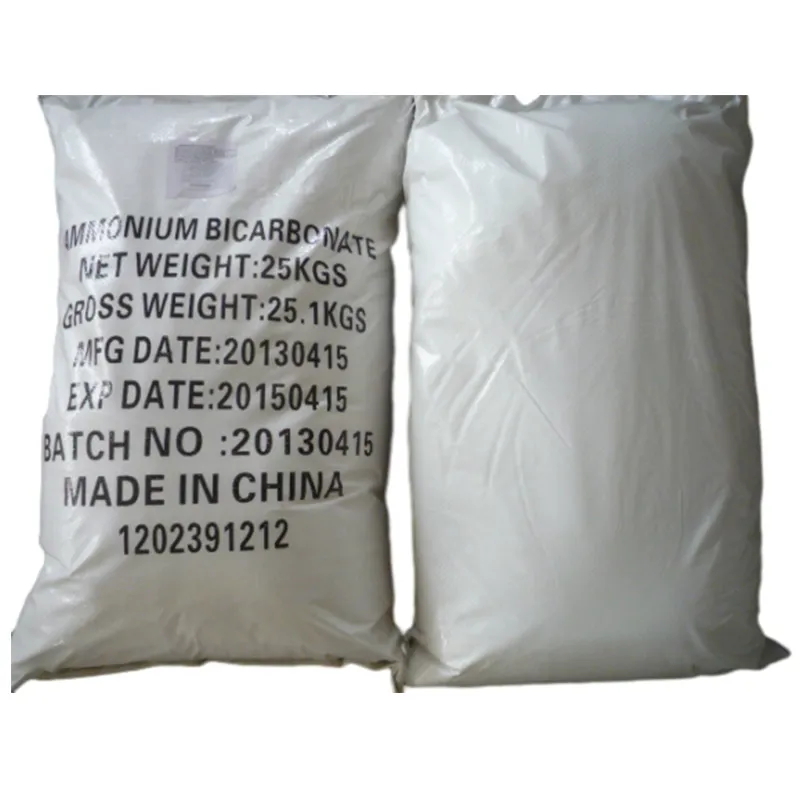
Understanding the Role of Monosodium Glutamate in Food Flavor Enhancement
The Role of Monosodium Glutamate (MSG) as a Food Additive
Monosodium glutamate, commonly known as MSG, is a flavor enhancer that has sparked both interest and controversy in culinary circles and scientific communities alike. This sodium salt of glutamic acid, an amino acid that is naturally present in many foods, has been used as an additive since the early 20th century, largely to enhance the umami flavor—a savory taste that is one of the five basic tastes alongside sweet, salty, sour, and bitter.
Historical Background
The commercial production of MSG began in 1909 when Japanese biochemist Kikunae Ikeda discovered that glutamate extracted from seaweed added a unique flavor to food. This discovery led to the creation of Ajinomoto, the first company to mass-produce MSG. Since then, MSG has become a ubiquitous ingredient in various cuisines around the world, from Chinese and Japanese dishes to processed foods in the West. Its ability to intensify flavors has made it a popular additive in snack foods, soups, and sauces.
Flavor Enhancement
The primary function of MSG is to enhance the umami taste of food. Umami, identified as the fifth basic taste, is crucial for bringing depth and richness to various dishes. MSG works by stimulating specific taste receptors on the tongue, thus making foods taste more savory and satisfying. This is particularly beneficial in low-sodium diets; by using MSG, food manufacturers can reduce sodium chloride while still maintaining flavor. Research suggests that MSG can provide a savory taste perception that can boost overall eating satisfaction, making it a valuable ingredient in many culinary applications.
Safety and Controversy
monosodium glutamate additive

Despite its widespread use, MSG has been the subject of controversy regarding its safety. Concerns began in the 1960s when the term “Chinese Restaurant Syndrome” was coined, describing a collection of symptoms such as headaches and nausea that some individuals reported after consuming meals high in MSG. However, extensive research has shown that these claims lack substantial scientific backing. Regulatory bodies, including the U.S. Food and Drug Administration (FDA) and the World Health Organization (WHO), have classified MSG as safe for consumption when used in normal food quantities.
Nevertheless, some people may still be sensitive to MSG, experiencing mild reactions that could include headaches, sweating, or nausea. For this reason, MSG is sometimes labeled on products, allowing consumers to make informed choices.
Nutritional Considerations
In addition to flavor enhancement, MSG is low in calories and does not contain any fat or carbohydrates, making it a suitable option for those looking to enhance flavor without contributing significantly to energy intake. However, individuals looking to limit their sodium intake should be mindful of the overall sodium content of foods that contain MSG, although MSG itself has lower sodium levels compared to table salt.
Conclusion
Monosodium glutamate continues to be a subject of both favoritism and skepticism within the food industry. Its ability to amplify flavors without adding significant calories makes it a valuable tool for cooks and food manufacturers. Despite the controversies surrounding its safety, a wealth of scientific evidence suggests that MSG is safe for most people when consumed in reasonable amounts. As culinary preferences evolve and more consumers seek bold flavors in their diets, MSG remains a relevant and integral ingredient in the pursuit of delectable dishes around the globe. Understanding its role can help consumers make better-informed choices about the foods they enjoy.
-
nitrile-rubber-honoring-strict-production-standardsNewsAug.22,2025
-
aspartame-ingredients-honoring-food-safety-valuesNewsAug.22,2025
-
fertilizer-for-balanced-plant-nutritionNewsAug.22,2025
-
cyanide-gold-processing-with-high-purity-additivesNewsAug.22,2025
-
formic-acid-in-textile-dyeing-applicationsNewsAug.22,2025
-
aluminum-hydroxide-gel-in-skincare-productsNewsAug.22,2025
-
Regulatory Compliance for Global Mining Chemicals UseNewsAug.12,2025
Hebei Tenger Chemical Technology Co., Ltd. focuses on the chemical industry and is committed to the export service of chemical raw materials.
-

view more DiethanolisopropanolamineIn the ever-growing field of chemical solutions, diethanolisopropanolamine (DEIPA) stands out as a versatile and important compound. Due to its unique chemical structure and properties, DEIPA is of interest to various industries including construction, personal care, and agriculture. -

view more TriisopropanolamineTriisopropanolamine (TIPA) alkanol amine substance, is a kind of alcohol amine compound with amino and alcohol hydroxyl, and because of its molecules contains both amino and hydroxyl. -

view more Tetramethyl Thiuram DisulfideTetramethyl thiuram disulfide, also known as TMTD, is a white to light-yellow powder with a distinct sulfur-like odor. It is soluble in organic solvents such as benzene, acetone, and ethyl acetate, making it highly versatile for use in different formulations. TMTD is known for its excellent vulcanization acceleration properties, which makes it a key ingredient in the production of rubber products. Additionally, it acts as an effective fungicide and bactericide, making it valuable in agricultural applications. Its high purity and stability ensure consistent performance, making it a preferred choice for manufacturers across various industries.





